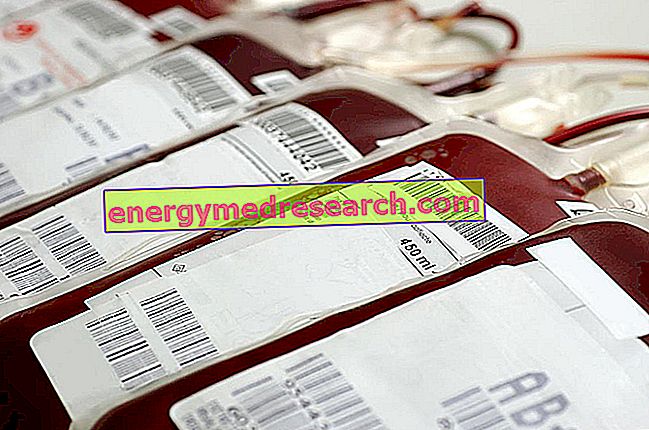
HIV infection cannot be transmitted through normal daily contact with HIV-positive people: handshakes, hugs and kisses are harmless. Sharing clothes, glasses, cutlery, plates, towels, sheets, toilet seats and other items does not involve any risk of infection (except for those who may have had occasional blood contact, such as razors and toothbrushes). There is no risk even in attending gyms, swimming pools, schools, restaurants, cinemas, public places and means of transport. Finally, the virus responsible for AIDS does not spread with saliva, coughs, tears, sweat, mucus, urine, feces, bites, scratches and insect bites.
HIV infection is transmitted through the exchange of blood, semen and pre-ejaculatory fluid, vaginal secretions and breast milk, at any stage of the disease. The most frequent mode of infection is by sexual means : at risk are the vaginal, anal and orogenital relationships with affected people, not protected by condoms, especially in the presence of aggravating circumstances, such as injuries to the genital tract, venereal diseases or violent forms of penetration. The most dramatic route of transmission is certainly from mother with HIV to child during pregnancy, childbirth or breastfeeding.
Blood transmission can occur through contact between the blood of a seropositive and that of a healthy person, as in the case of severe open wounds, transfusions of infected blood or exchange of used syringes (for example, for intravenous inoculation of drugs). If the hygiene rules are not respected, the risk is also associated with the use of tattooing or piercing equipment that came into contact with infected blood.



